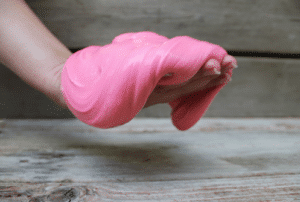
We spend most of our daily lives indoors. With the increase in air pollution, the term clean air has begun to take its place in daily conversations. In terms of health, there are some plant suggestions NASA offers us to keep the area we live in clean and clean it from polluted air and gases. These are plants that clean the air! Let’s see, in terms of both decoration and health, what are the features of these 11 plants? Here are the plants that NASA recommended!
1) Wall Ivy
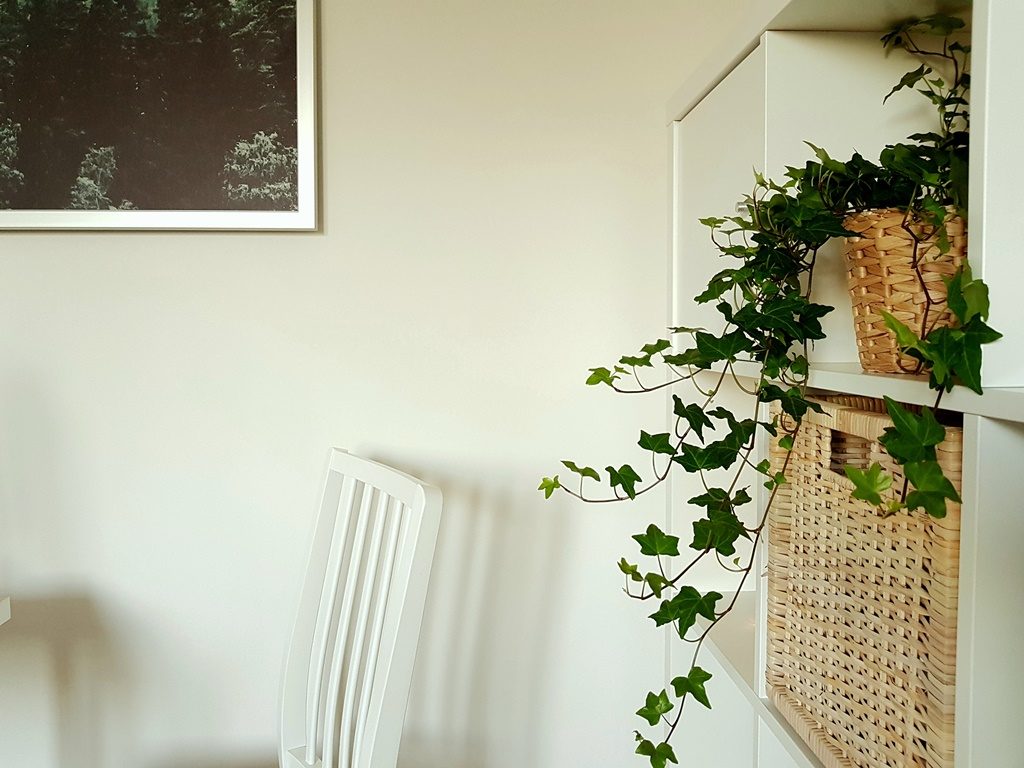
The feature of this plant, which is known as Irish Forest Ivy and gives a garden feeling to our fields, is that it cleans the polluted gases. Medium sun-loving wall ivy should be grown in a shaded and upwind location.
2) Ribbon Flower
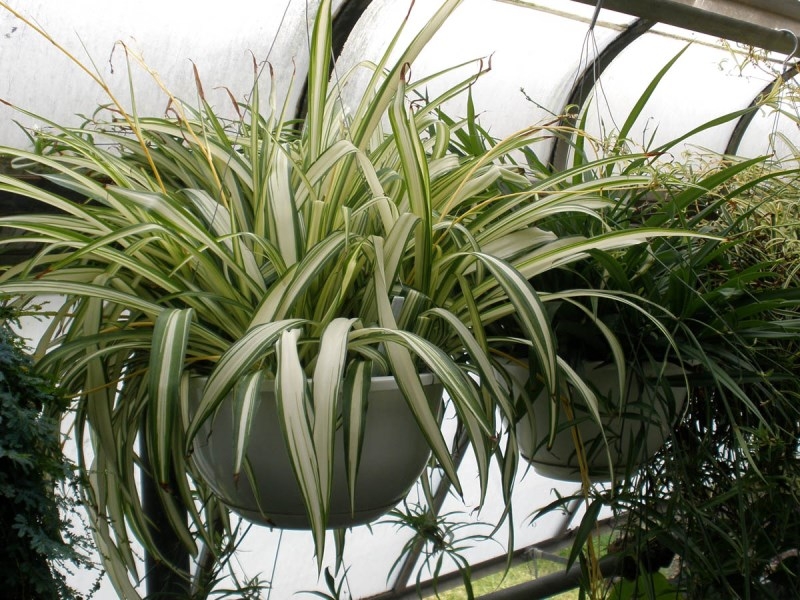
The ribbon flower, which produces new flowers from its branches as it grows from the root to the tip, has the ability to grow in all conditions. It removes formaldehyde, xylene and carbon monoxide in the area. It is among the plants that you will prefer with its easy care, especially if you are a person with a high pace of business life.
3) Dwarf Date Palm

It is a type of plant that does not change seasonally, requires constant moisture and needs to be positioned in semi-shade. If you have a stressful job, the dwarf palm, which removes formaldehyde and xylene from the air, also has a significant effect on relieving headaches.
4) Chinese Evergreen

It has the feature of cleaning formaldehyde and benzene in the air. This plant, which is grown comfortably indoors, adds nobility to your living space by demanding plenty of moisture.
5) Grass Lily
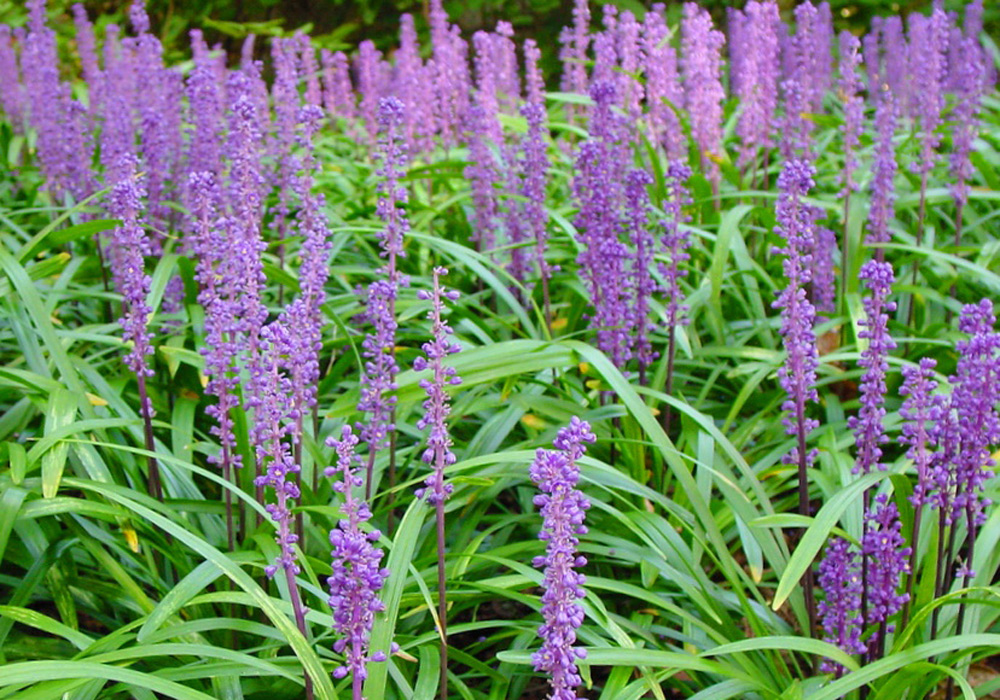
Grass lily, which has the ability to absorb trichloroethylene, ammonia and xylene, is a plant species that should be grown in the shade. This plant, which has a wonderful color, will not only add color to our home, but also add freshness to the living space by directly cleaning the inhaled air. The plant known for its slow growth is the kind that should be grown in the shade area.
6) Chrysanthemum
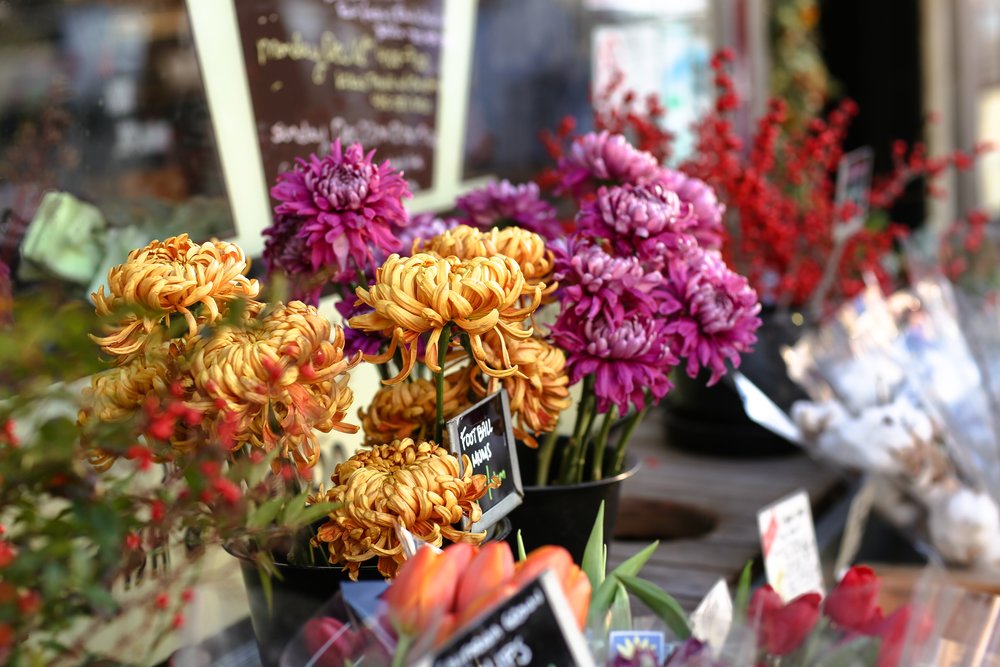
It is a well-known plant species that hosts a riot of colors. Five chemicals in the air; The chrysanthemum, which cleans benzene, formaldehyde, trichloroethylene, xylene and ammonia, deserves a corner of our house. Chrysanthemum, which should be grown at room temperature, should not be exposed to direct sunlight.
7) Pasha Sword (Sansevieria)

It is a plant species that cleans trichloroethylene, formaldehyde, benzene and xylene in our living space by absorbing them. The plant, which is drought-resistant with its ease of care, is an important source of oxygen. It is frequently preferred with its decorative feature, which is generally preferred in offices.
8) Dracaena – Marginata
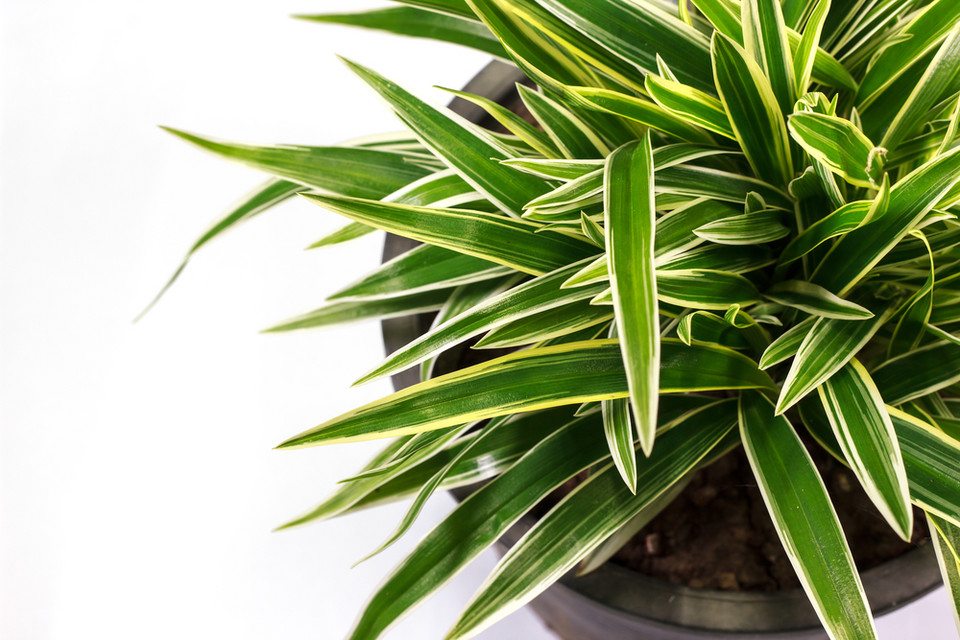
It is a type of plant that grows at room temperature in all seasons. It cleans the living space from benzene, trichloroethylene and xylene. The only point to be noted is that it has negative effects on cats and dogs.
9) Flamingo Flower (Anthurium)
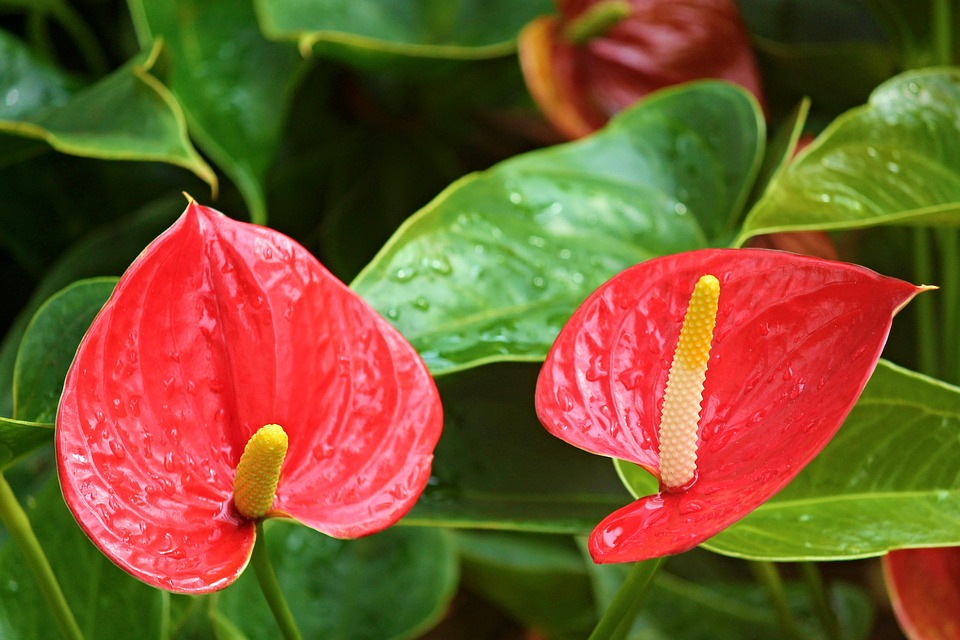
If you love humid weather, Flamingo flower should not stay in a very cold environment. When it loves its living space, it cleans ammonia, formaldehyde and xylene in the air.
10) Peace Flower
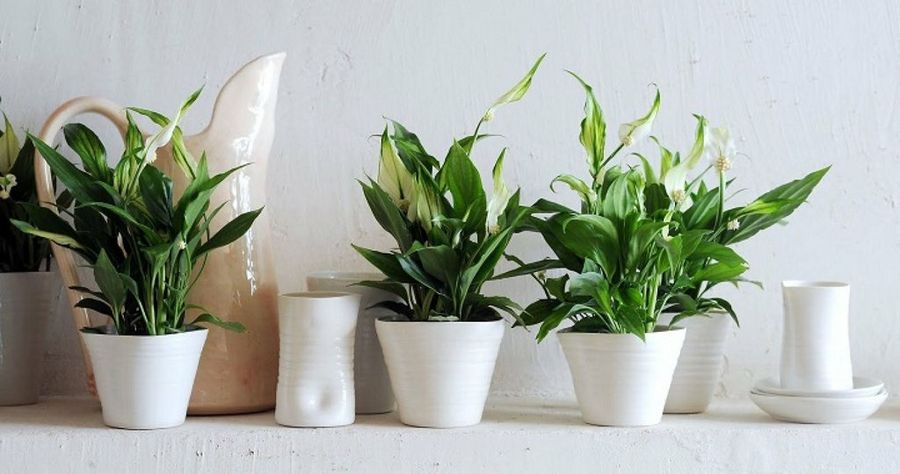
Dazzling with its elegance, the flower of peace is located in the most beautiful corner of our fields. It has serious effects in cleaning benzene, formaldehyde, trichloroethylene, xylene, ammonia. The home-loving peace flower is known for blooming in spring and fall.
11) Ladder of Love
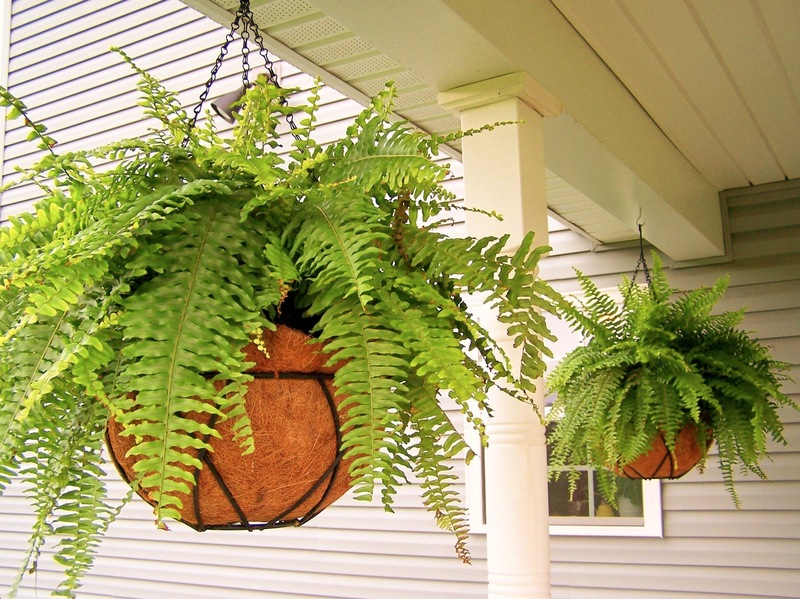
The love ladder, which has a fast growth feature, is grown in a bright environment without being exposed to direct sunlight. It absorbs formaldehyde and xylene in your living space and prevents the spread of harmful gases.







